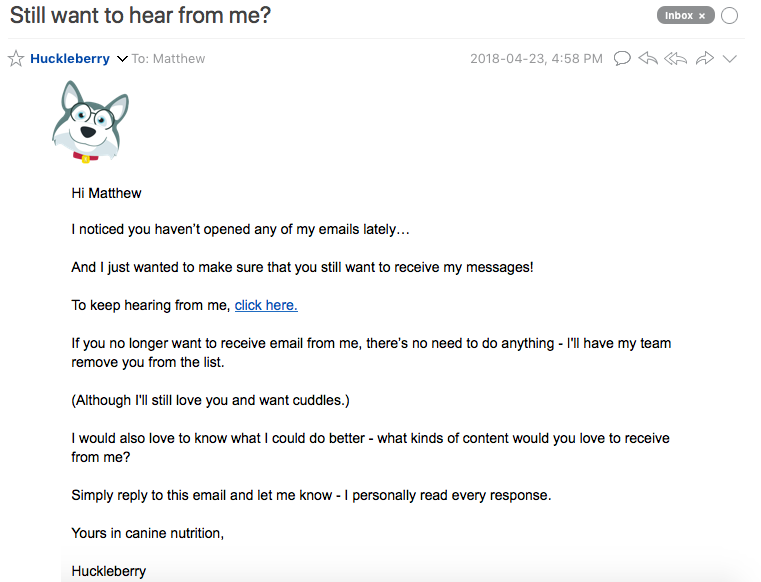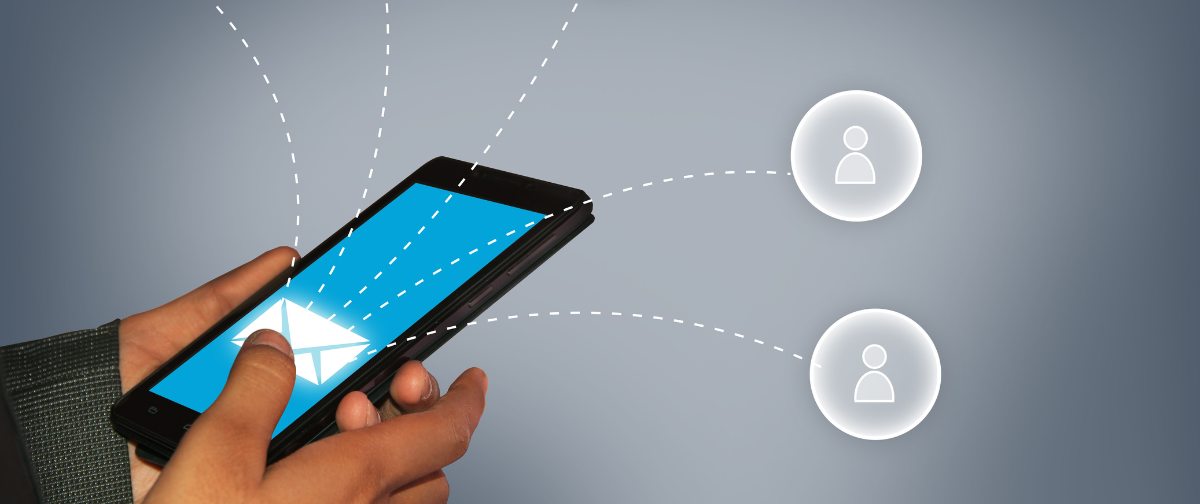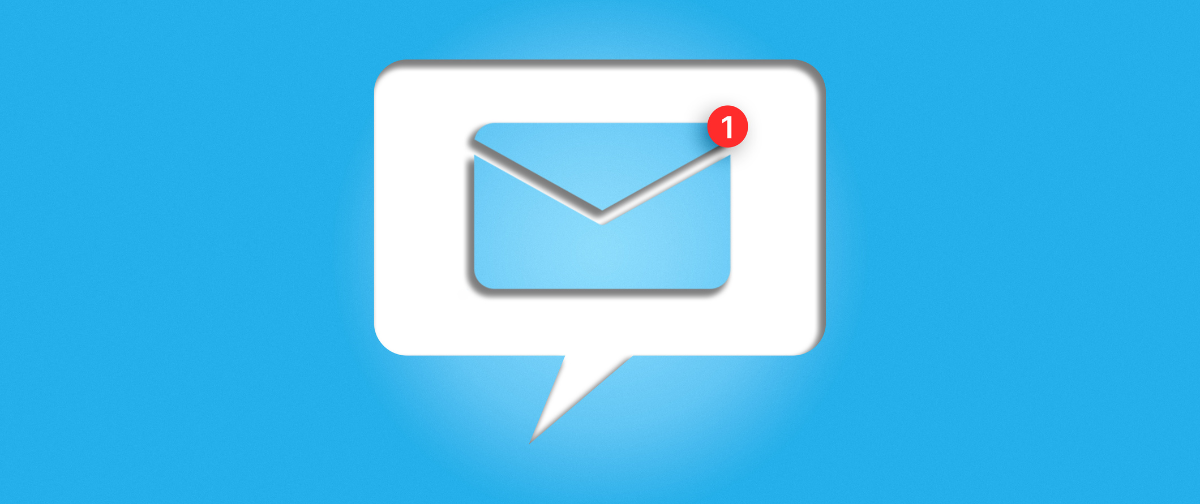Just like you regularly clean your house to keep it free from unwanted clutter, dirt and germs, it’s also a good idea to clean your email lists regularly (also known as list hygiene). This’ll ensure that you minimize bounces, improve conversion rates and stay on the good side of ISPs and regulators (incl. EU GDPR and CAN-SPAM Act).
How often you need to clean your list will depend on the size of your list and your bounce rates, but generally most companies will clean their list every 3-6 months.
Cleaning your list doesn’t replace getting proper opt-in permissions or providing your contacts with easy unsubscribes, however combined with those, it will help improve email deliverability and ROI.
Still need convincing? Here’s some of the top benefits of a clean email list:
1. Better sender reputation 🏅
Your reputation as an email sender is crucial if you want ISPs, such as Gmail, Hotmail, Yahoo and Outlook, to deliver your emails into your customers’ inboxes and not their spam folders – or worse yet, not deliver to them at all! Your sender reputation is made up of a myriad of factors which include your bounce rate and spam complaint rate, along with how your recipients engage with your emails (email open and click rates).
2. Lower bounce rates
Bounce rates above 3-5% can flag to ISPs that you might be sending spam and could get your domain name or IP address blacklisted. So, it’s in your best interest to keep an eye on your bounce rates and take steps to fix any issues as soon as possible. It’s a good idea to regularly download a list of email addresses which have bounced, available from your SMTP2GO dashboard, and remove these from your email list.
3. Fewer spam complaints 👌
Proactively removing contacts who’ve not opened, clicked or otherwise responded to your emails for a given time period is good practice (the length of time can be determined by your typical product lifecycle and realistically how long it will take a customer to re-engage with you). You’ll be removing these contacts from your list before they unsubscribe or report you as spam – for some marketers this may feel a bit uncomfortable, but it can pay off in dividends. To make this transition a bit more palatable, you can send a final last-ditch-effort email to these contacts asking them to respond if they want to continue hearing from you (note that if they don’t respond, that’s their way of telling you that they aren’t interested, so go ahead and remove them from your list). Here’s a great example of this:

4. Reach the inbox, not the spam folder
Ever wondered why your Open Rate is so low, and nothing you do to improve or test Subject Lines makes a dent? This may be a sign that your emails are being delivered to spam folders (or are being thrown into that mysterious blackhole over at the receiving ISP) and your customers simply aren’t seeing your emails. ISPs have a whole host of indicators that they use to identify spam, so managing these is imperative to the success of future email communications.
5. Better open and click rates
When you’re sending only to email addresses that are valid, opted-in and have engaged with you in the past, you’re contacting customers that are inherently more engaged with your brand, product and communications 💌 It makes sense then that you end up with higher open and click rates – both of which are positive indicators to ISPs that you’re a legitimate sender.
6. Increased conversions
Now that you’re sending emails to a more engaged audience, and not wasting delivery to addresses that bounce or mark you as spam, your conversion rate will improve as the customers you are talking to have indicated that they’re interested in getting updates from you and can be tempted to make a purchase 📈
7. Lower cost per email
Each time you send an email it’s likely you are charged per email address you send to, regardless of whether that email is successfully delivered. So, it goes without saying that if you cut out all those email addresses that bounce, are rating your emails as spam or unsubscribing, your email delivery costs will shrink.
8. Higher ROI
Since your cost per email has decreased by removing those junky email addresses, your efficiency rate will improve. You’ll be spending less whilst increasing your engagement rates, leading to a higher return on investment. How you use that money saving is up to you – perhaps you could take your team out for a celebratory social event! 🥂
9. Better reporting
Those pesky bad email addresses might be skewing your key email metrics due to incorrectly reporting the number of emails delivered. You know that ‘Emails Delivered’ number that you get back from your campaign software or ESP provider, yes that’s right – the same number that you use to calculate your Open Rate, Click Rate and Conversion Rate? Guess what? It might have a chunk of incorrect, spam trap or unknown (disappearing!) email addresses which will never convert, and therefore are making your email results look worse than they actually are.
10. More effective targeting 📌
Now that you’re a champion of measuring success based on truly engaged (and real) customers, you can delve a bit deeper into who your customers are, what they like, dislike, and how they want to be communicated with (you can test this in a variety of ways). With all that added insight you are now equipped with, you can get to work making your marketing even more effective and relevant for your customer base.






